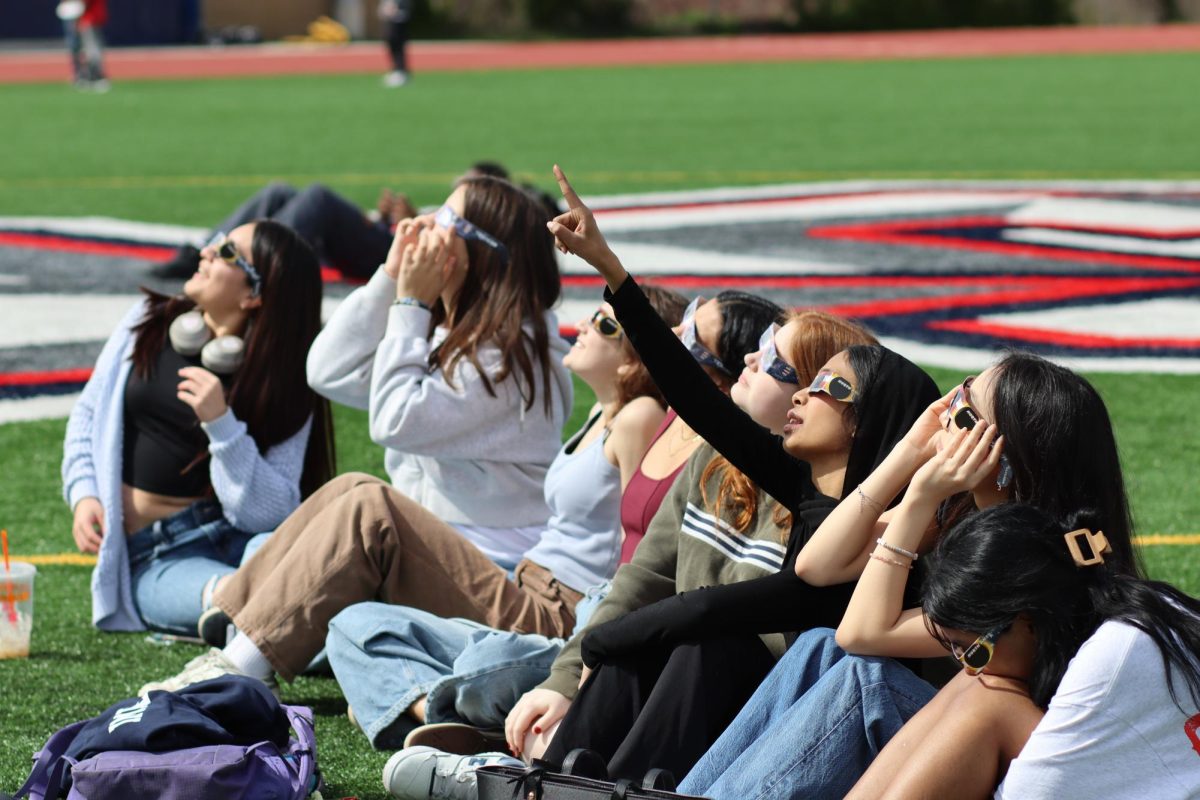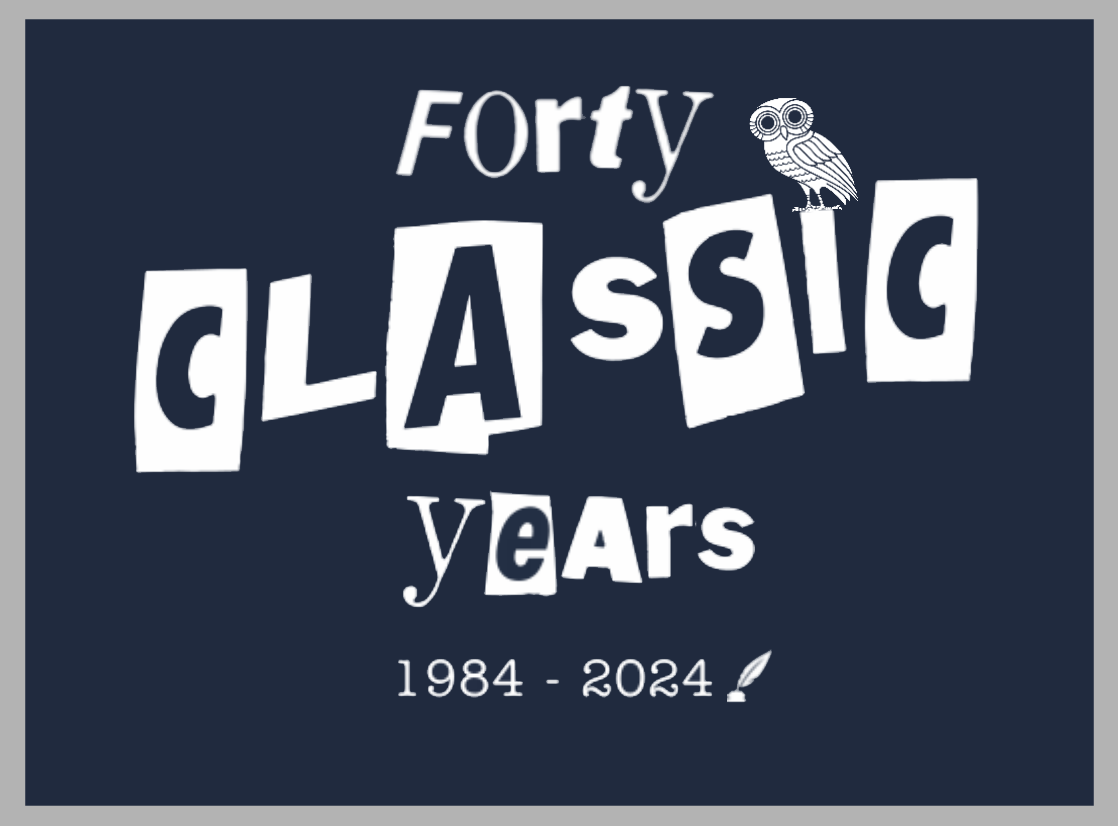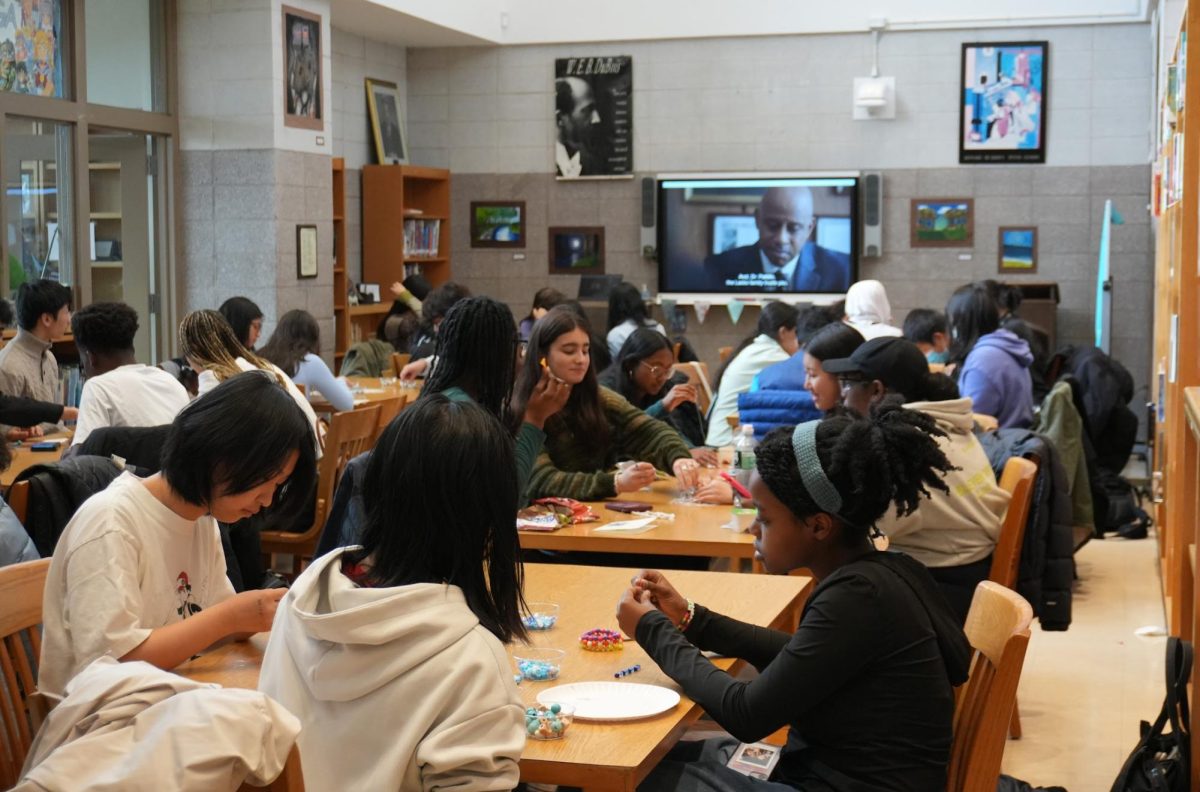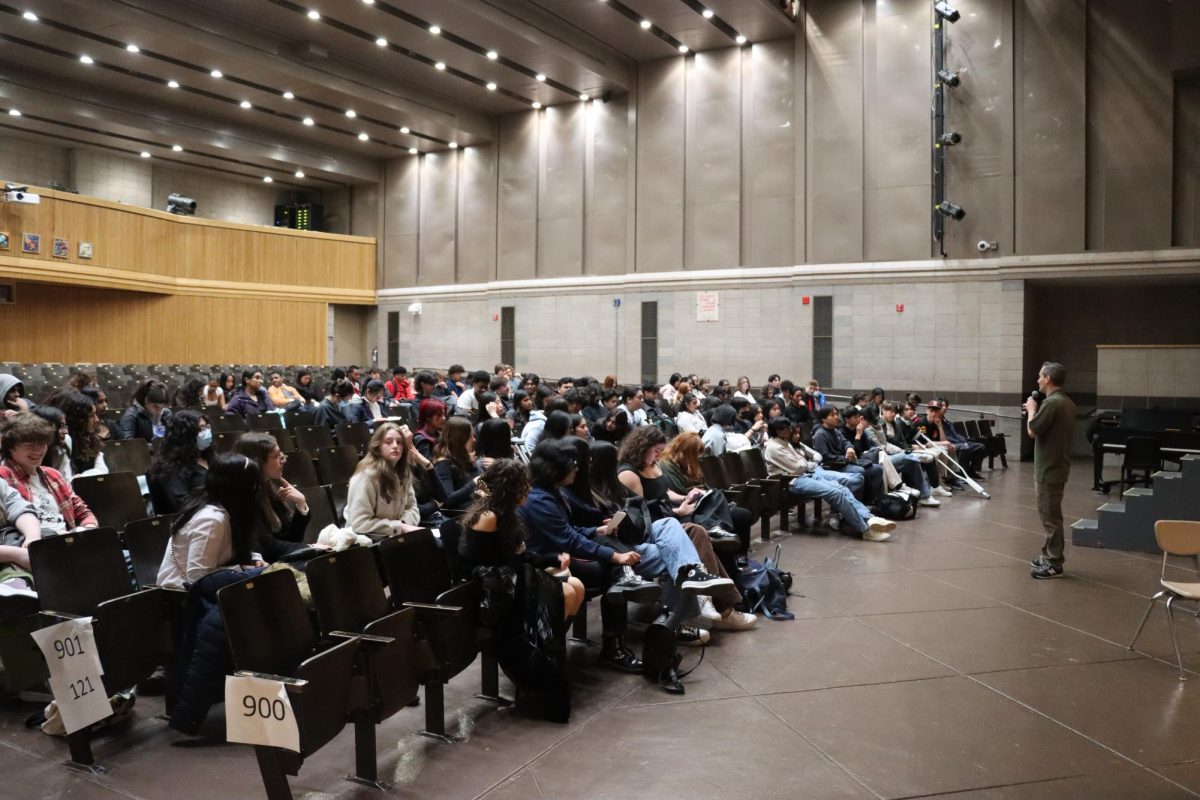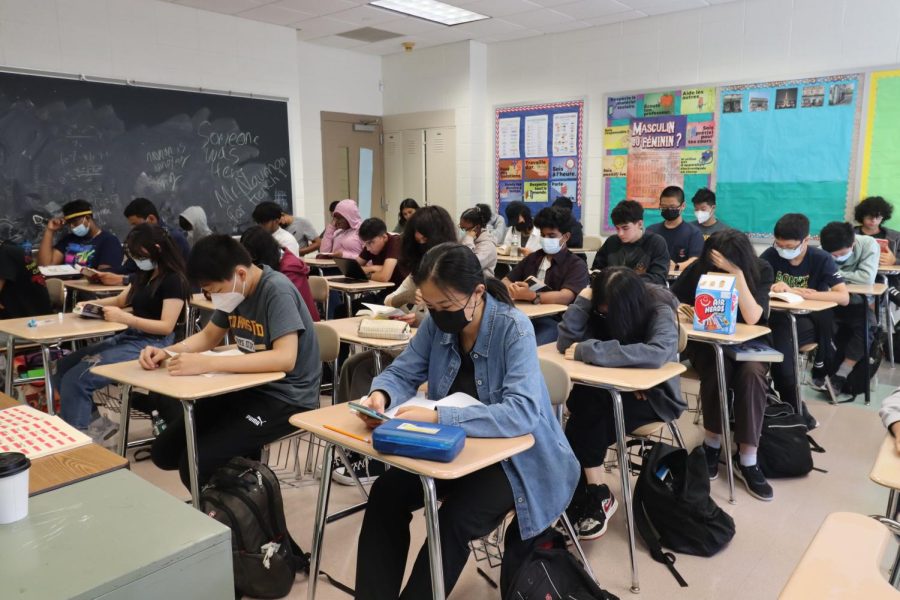
On December 11, the U.S. Food and Drug Administration (FDA) issued an Emergency Use Authorization (EUA) for the Pfizer-BioNTech COVID-19 vaccine. This announcement was swiftly followed by news of a second vaccine, the Moderna vaccine, obtaining its EUA just a week later. These vaccines were exempt of the full extent of the FDA approval process, but were nonetheless determined to be beneficial and safe for the public based on all currently available evidence. Though short of full FDA approval, the issuance of an EUA allows for the mass-production and administration of both vaccines under emergency conditions— and this may stay valid for as long as the pandemic lasts.
As the number of COVID cases in the U.S. now approaches 19 million and continues to grow by the day, the FDA endorsement of the Pfizer-BioNTech and Moderna vaccines comes as welcome news, but how much trust can we put in these new vaccines? The Classic asked Dr. Nina Gnädig-Schoenfeld, a virologist and antimalarial drug resistance researcher at Columbia University, to answer our most pressing questions about the science and potential behind these new vaccines.
Can we be confident that these new vaccines will work?
Before reaching doctors and patients, every vaccine is tested on human subjects in a multi-stage clinical trial process to measure their efficacy, safety, and possible side effects. Gnädig-Schoenfeld described the results of both the Pfizer and Moderna vaccine trials as “more than encouraging” and possibly “game changing,” explaining that both vaccines showed high efficacy rates of around 95% in large studies that included older patients “most threatened by COVID-19 complications.” The results, she said, suggest that the vaccines will be able to protect a large percentage of elderly individuals from the effects of COVID-19.
When asked about the caveats to these exciting figures, Gnädig-Schoenfeld noted that we will have to wait on the results of ongoing vaccine testing in children before we can know if these vaccines are just as safe and useful for children as they are for adults. Appropriately, the FDA has only authorized the Pfizer and Moderna vaccines for people age 16 and older.
Gnädig-Schoenfeld explained that “testing in children is underway, and there is no reason to suspect yet that efficacy or safety results will significantly differ in the pediatric population.”
Why is it important that these vaccines are mRNA-based, and will they be safe?
Unlike more conventional vaccines, the Pfizer-BioNTech and Moderna vaccines are made from messenger RNA (mRNA) instead of less harmful or dead forms of the virus. While this doesn’t change the fact that they work by helping your immune system recognize and equip itself to attack the virus in the future, Gnädig-Schoenfeld said the two new vaccines offer a unique way of achieving this.
“[The] mRNA vaccines introduce the instructions for your body to literally create an identifying pathogenic protein from scratch using your own cellular machinery. Your body recognizes this identifier as foreign and gets to work building an immune defense,” she said.
Although the Pfizer and Moderna mRNA vaccines are the first of their kind to be authorized, Gnädig-Schoenfeld reassured that neither one contains complete forms of the SARS-CoV-2 virus, meaning that they cannot infect you. While the FDA reported only mild and short-term side effects such as mild fevers or pain at the vaccine injection site for the new mRNA vaccines, Gnädig-Schoenfeld mentioned that the recent nature of both products mean that the possibility of long-term complications cannot be ruled out.
Gnädig-Schoenfeld explained that “testing in children is underway, and there is no reason to suspect yet that efficacy or safety results will significantly differ in the pediatric population.” Both Pfizer and Moderna are currently running vaccine trials in children with the goal of determining whether or not children experience safe reactions to the new vaccines, and if they may benefit from receiving smaller doses. Save for infants under the age of one and uncommon cases, healthy children infected with SARS-CoV-2 typically experience little or no symptoms compared to adults, meaning that a more pertinent safety question may be whether or not the vaccines will prevent them from transmitting COVID-19 to others.
In a talk given by Dr. Paul Offit of the Children’s Hospital of Philadelphia, he expressed his belief that it is imperative for vaccinated individuals to continue practicing good coronavirus hygiene, as they can continue to “shed virus” and “be contagious.”
“Until we get to the point that we have stopped the spread of this virus, even people who are vaccinated— immunized— are still going to need to wear a mask and still need to social distance as much as possible,” he said. “If we choose to eliminate that, I think we could actually take a step backwards.”
Could these vaccines help us achieve long-term herd immunity or allow us to stop social distancing and return to school?
Although the FDA’s announcement raised hopes of receiving the vaccine and returning to school, Gnädig-Schoenfeld said that early vaccines are likely to be in low supply, and distribution may favor healthcare workers and seniors who fall under higher-risk groups. Indeed, New York state is facing a 50,000-dose cut in weekly vaccine shipments—even as supplies are being stretched thin to cover the millions of eligible healthcare workers and older adults signed up for vaccinations. On Tuesday, New York City Mayor Bill de Blasio said that the city may exhaust its supply of vaccines by the end of the week. Much time may pass before high school students will receive vaccines, but how long will we have to wait?
Gnädig-Schoenfeld projected that we may be able to look forward to receiving vaccinations sometime within the year. “While it may be technically possible to vaccinate students by the end of the school year, it seems more plausible to vaccinate students before the start of the next school year in the fall,” she said.
Given the constantly evolving circumstances, she said her thoughts are liable to change with “developments regarding production and distribution efficiency” and the “pending results of additional vaccine trials coming down the pipeline.”
“It’s too early for anyone to answer the ‘when’ with confidence,” she said.
Even as CNN reports show mask mandates and other safety procedures being lifted around the country, research from Johns Hopkins University showed that 47 states had higher-than-recommended rates of positive tests.
With the current state of the pandemic and uncertainties surrounding the true length of immunity vaccines will provide, Gnädig-Schoenfeld prefaced her thoughts on the matter of returning to school by urging that students continue to follow safety procedures. “There is light at the end of the tunnel, but I want to emphasize that in the meantime we must continue public safety measures,” she said.
Gnädig-Schoenfeld said that if the challenges of safely storing and distributing vaccines to the public are surmounted and a high enough percentage of the population can be immunized, herd immunity can be reached and surpassed— possibly setting the stage for a fall in cases and a return to school. “[T]he more we can exceed the threshold, the faster the downtrend, and the quicker we will be able to relax social distancing measures and return to school safely,” she said. All in all, she is optimistic: “Whatever the case, with vaccines this effective we should be able to return to our regular lives, hopefully before too long.”
Bonus: What are some reliable sources for SARS-CoV-2 or vaccine development news you can recommend for those without a background in science?
For anyone looking for a productive way to stay informed and entertained while holed up at home, Gnädig-Schoenfeld recommended the podcast This Week in Virology (TWiV), a show hosted by scientists, as “a fun and eminently informative resource that a general audience can appreciate.” If you aren’t sure where to start, Gnädig-Schoenfeld pointed out that episodes 683 and 684 cover the Pfizer-BioNTech and Moderna mRNA vaccines.
Photo courtesy of Dr. Nina Gnädig-Schoenfeld


